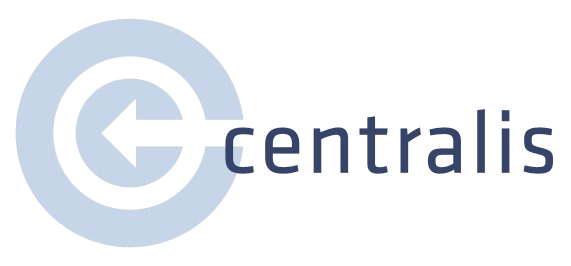Remote testing is often a team effort, requiring close virtual coordination between prep-staff, moderators, participants, and clients who may be thousands of miles apart from one another. In a typical remote session, participants share their computer screen with a moderator and discuss their experience over an audio connection, while clients observe and make additional suggestions.
Here are some tips that we’ve developed to help make our own remote testing as successful and smooth as in-person sessions:
Prepping for Remote Testing
Troubleshoot potential tech issues in advance: In a typical remote session, there’s a lot of tech to consider! We like to run a “dummy” test session in order to give us a first-hand look at what each participant is going to see and hear on their end. This gives us perspective on how to describe the technical setup to participants and aid them in case of technical difficulties.
Create a comfortable and inviting experience: When sessions are remote, it’s especially crucial for our participants to feel relaxed and comfortable because communicating through the computer or phone can put some on edge. We make sure to introduce ourselves so that participants hear a warm, jovial voice on the other end of their phone before focusing on an interface. We also share webcams as soon as possible during a session, as we find that participants feel much more comfortable if they can put a face with a voice. Once people get a sense of who they are talking to, they can shift their focus and attention to session tasks.
Moderating Remote Sessions
Clue participants into your goals: After introducing ourselves in a session, we help participants stay focused by giving them a summary of how we’ll spend our time together. By being aware of the overall plan, participants can concentrate more easily on the task at hand knowing that they are fulfilling our expectations.
Keep things short and sweet: In remote testing, it’s more challenging to communicate than in a face-to-face meeting. When we provide participants with tasks to consider, we keep them concise and relevant, making sure to confirm that a participant understands before allowing them to proceed. We also stay attuned to any frustration a participant expresses. We use verbal cues of acknowledgement (e.g ‘mmmhmm’, ‘okay’) and encouragement (e.g. “This is useful feedback, please tell me more.”) to help the conversation move along.
Consider participant environment as a benefit, not a liability: Using an internet connection, participants can join a remote session from just about anywhere. This method helps usability teams gain a realistic perspective of participants’ lives, but there may be extra noise and distraction from a busy café or from a child wanting attention. We often find it’s helpful to allow participants to reflect on their environment, and to discuss how distractions might typically influence their actions using an interface.
Be ready to trouble-shoot: Participants’ home computer set-ups can vary across the globe, and internet connections can be spotty at best. There are ways to work around these issues. For every project, we create a plan of action to combat common technical problems. We urge moderators to stay calm and try to make the best of any issue. In cases of screen lag, don’t be afraid to enlist a participant’s help by alerting them to the situation and asking them to fully describe the things they see.
With remote testing, it’s important to think about a participant’s perspective, and to see through their eyes, both before and during a session. Using empathy as a tool, you can work through technical complexities and get great participant feedback in real-life environments outside of the lab!

